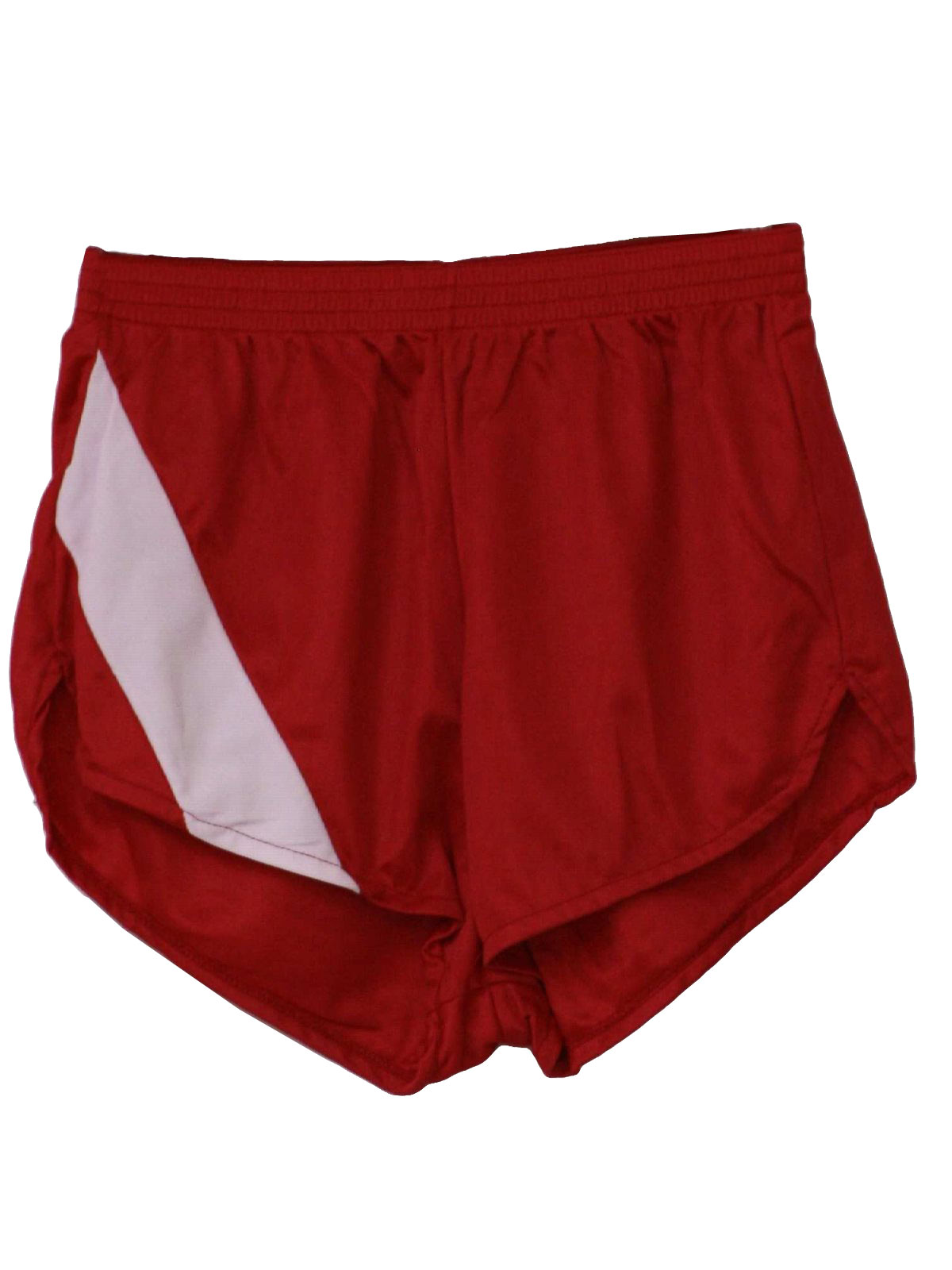
Following the success of nylons, aramids (aromatic nylons) were prepared by condensation of a diamine and terephthalic acid, a carboxylic acid that contains a hexagonal benzene ring in its molecules.The close packing of the aromatic polymer chains produced a strong, tough, stiff, high-melting… The development of aramids followed that of nylon…
PlanItDIY is a source for inspiration, ideas and how-to advice to help you plan and complete your DIY projects and connect you with your local independent home improvement retailers.


Contents to the Below [To return here: click Back Arrow, or press Alt-Back Arrow; or press Ctrl-Home]
Tulle (English pronunciation: /tuːl/ tool) is a lightweight, very fine netting, which is often starched. It can be made of various fibres, including silk, nylon, and rayon.

Teflon-coated bullets, sometimes colloquially, but incorrectly known as “cop killer bullets”, are bullets that have been covered with a coating of polytetrafluoroethylene



Following the success of nylons, aramids (aromatic nylons) were prepared by condensation of a diamine and terephthalic acid, a carboxylic acid that contains a hexagonal benzene ring in its molecules.The close packing of the aromatic polymer chains produced a strong, tough, stiff, high-melting… The development of aramids followed that of nylon…

The Jotter is distinguished by a plunger and cap made of stainless steel, a stylized arrow-shaped clip, a plastic or metal barrel and a metal tip end.When introduced in 1954, the pen barrels were made from grooved nylon. Approximately a year later when new colors were introduced, the barrels were manufactured from ‘Hercocel W’ which was …

Nylon: Nylon, any synthetic plastic material composed of polyamides of high molecular weight and usually, but not always, manufactured as a fibre. Nylons were developed in the 1930s by a research team headed by an American chemist, Wallace H. Carothers, working for E.I. du Pont de Nemours & Company. The
Nylon: Nylon, any synthetic plastic material composed of polyamides of high molecular weight and usually, but not always, manufactured as a fibre. Nylons were developed in the 1930s by a research team headed by an American chemist, Wallace H. Carothers, working for E.I. du Pont de Nemours & Company. The
Tulle (English pronunciation: /tuːl/ tool) is a lightweight, very fine netting, which is often starched. It can be made of various fibres, including silk, nylon, and rayon.
